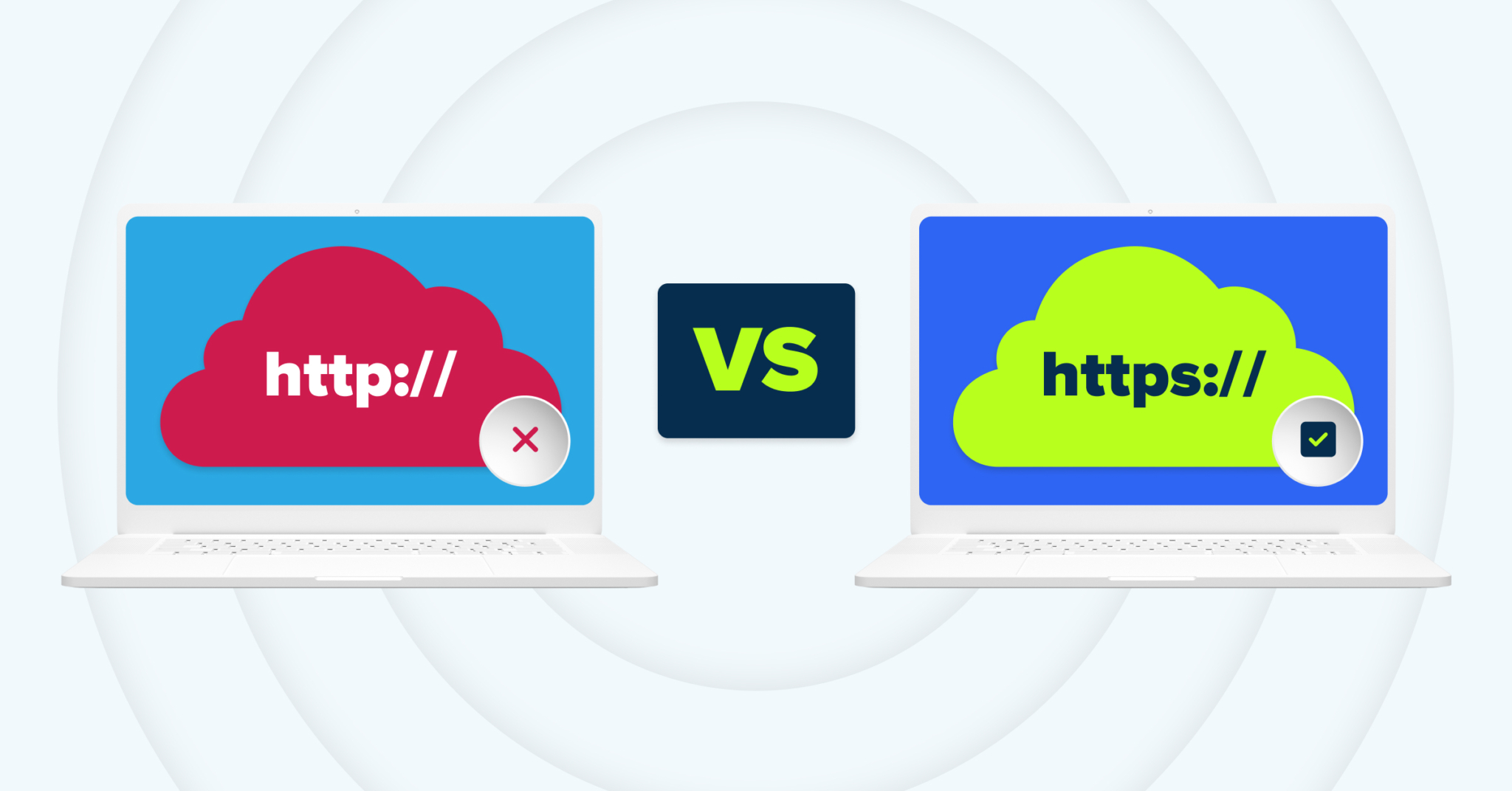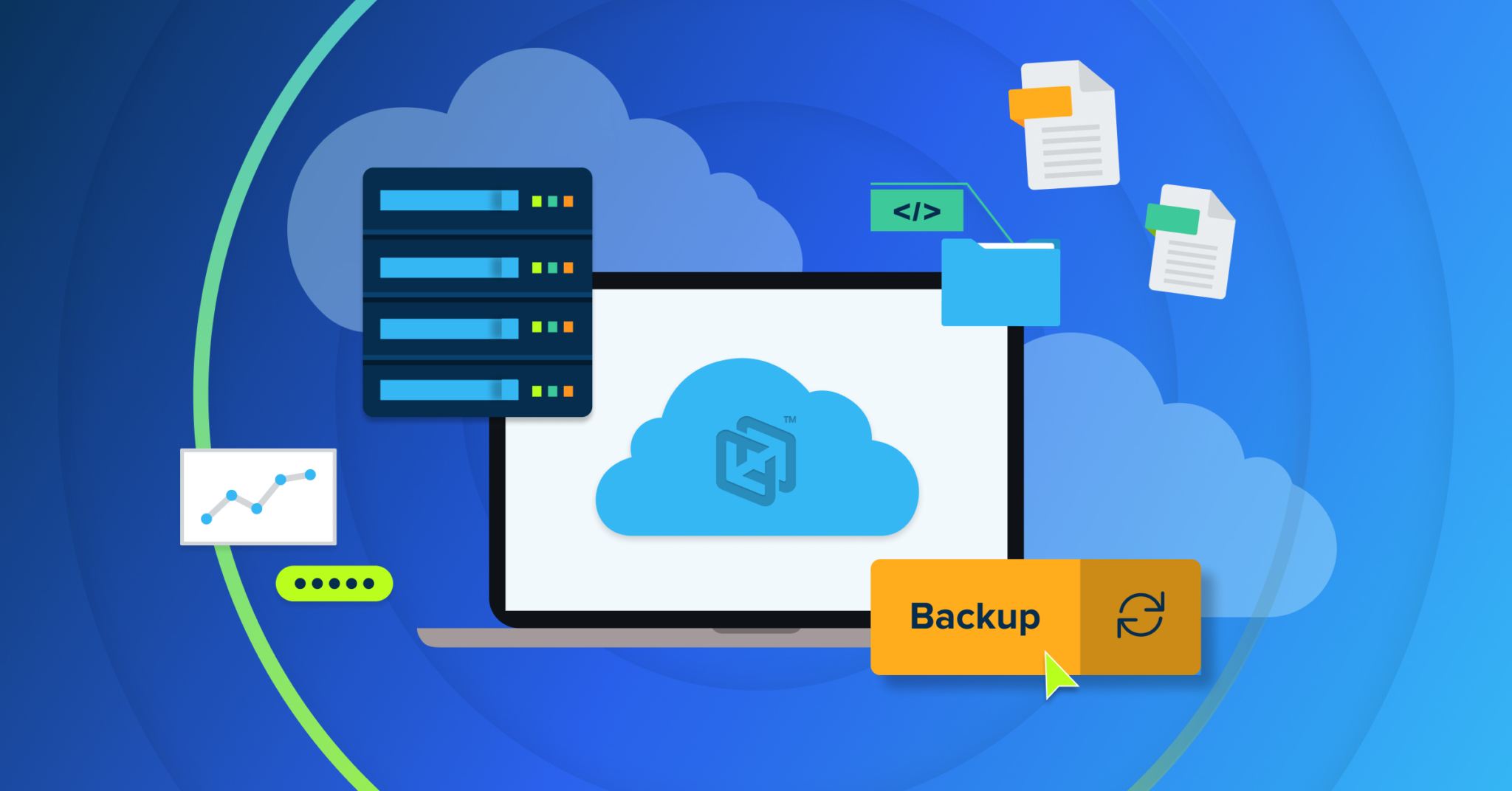
In today’s digitally connected world, secure communication has evolved from a mere expectation to an absolute necessity. From processing financial transactions to sharing sensitive business data, the internet drives countless interactions every second. At the core of keeping these exchanges secure is port 443, a critical element of modern cybersecurity. So, how exactly does port 443 protect your data?
What is HTTP traffic, and where does port 443 fit?
To understand port 443, let’s first explore what HTTP traffic is. HTTP (HyperText Transfer Protocol) is the foundation of communication on the web. It allows your computer to send and receive information like web pages, images, and files from servers. However, HTTP in its basic form (port 80) is not secure. It transmits data in plain text, leaving it vulnerable to interception.
This is where HTTPS comes in. The “S” stands for secure, signifying the encryption of the exchanged data. And the reason behind this encryption? It happens through port 443.
Port 443 is a virtual gateway that handles encrypted HTTPS traffic. Technologies like Secure Sockets Layer (SSL) and its successor, Transport Layer Security (TLS), encrypt data traveling through port 443, unlike HTTP traffic on port 80. This encryption ensures that sensitive information, such as passwords, credit card details, and business data, remains secure during transmission.
How does port 443 work with TLS?
When you visit a website using HTTPS, your browser establishes a secure connection with the web server through port 443. TLS is the successor to the older Secure Sockets Layer (SSL) and addresses many of its vulnerabilities (the latest versions, like TLS 1.2 and TLS 1.3, provide stronger encryption and are resistant to modern cyberattacks).
Combining port 443 with TLS creates a secure channel for online interactions, protecting both individuals and businesses, specifically:
- Handshake process: Your browser and the server perform a TLS handshake to establish a secure session. During this, they agree on encryption methods and exchange keys.
- Encryption: Upon establishing the session, your browser and the server encrypt all transmitted data. This prevents unauthorized access or tampering.
- Authentication: TLS also ensures that the server you are connecting to is legitimate, reducing the risk of falling prey to phishing scams.
Why does port 443 matter in cybersecurity?
Port 443 is fundamental to secure data transmission, ensuring encrypted communication that protects sensitive information from interception. By facilitating HTTPS connections, it verifies the authenticity of online interactions, significantly reducing risks such as man-in-the-middle attacks. It also plays a critical role in helping businesses comply with regulatory standards like GDPR, HIPAA, and PCI-DSS, which are essential for industries handling confidential data. Additionally, HTTPS through port 443 builds user trust by securing personal and business-critical information. In remote working environments, its use becomes even more vital, enabling encrypted communication to protect data from breaches and unauthorized access.
Cyberattacks targeting port 443
Despite its robust security features, port 443 is not immune to cyberattacks. Some common threats targeting it are:
- Man-in-the-middle (MITM) attacks – In an MITM attack, a hacker intercepts the communication between two parties, often exploiting weaknesses in encryption protocols. Hackers can eavesdrop on conversations, steal sensitive information, or even manipulate the data exchanged.
- Distributed Denial of Service (DDoS) attacks – Cybercriminals flood port 443 with excessive traffic, overwhelming the server and causing disruptions. This can render websites and services inaccessible to legitimate users.
- SSL/TLS exploits – Attackers exploit vulnerabilities in outdated versions of SSL or TLS to decrypt data or impersonate trusted servers. For example, the infamous Heartbleed vulnerability in OpenSSL exposed millions of websites to potential data theft.
- SSL stripping – Hackers downgrade HTTPS connections to HTTP, removing encryption and exposing data to interception. This attack can occur when users unknowingly connect to insecure Wi-Fi networks.
Understanding these threats highlights why businesses must continuously monitor and secure port 443 to stay ahead of cybercriminals.
Best practices to secure port 443
Securing port 443 doesn’t have to be a chore. All you need to do is take a few smart, proactive steps to keep your data and communication safe. All the steps are practical, doable, and crucial. Make sure to:
- Keep TLS updated – Old security protocols are like using a rusty lock on your front door. Switch to the latest versions of TLS, like 1.2 or 1.3, to keep hackers at bay. They come with better encryption and fewer loopholes.
- Choose strong encryption ciphers – A strong cipher makes it almost impossible for hackers to crack open your data. Set it up once, and you’ll have one less thing to worry about.
- Enforce HTTPS with HSTS – Have you ever heard a friend advise you to “just take the safe route”? HSTS is that friend. It forces your website to only use secure HTTPS connections, preventing SSL stripping attacks.
- Monitor and analyze traffic – Monitoring your port 443 traffic is like checking your locks before going to bed. Spotting anything unusual—like unexpected spikes—early can save you from a potential disaster.
- Educate employees- Your team is your first line of defense. Teach them to look for HTTPS in web addresses and avoid falling for phishing traps. This could also stop them from using public Wi-Fi for sensitive transactions.
- Test your defenses- Ever heard the phrase “practice makes perfect”? Run regular tests on your systems to find any weak spots. Fix them before attackers find them for you.
Securing port 443 is one of the simplest yet most effective steps you can take to protect your business and its data. It encrypts your data, protects sensitive information, and ensures every interaction stays private and trusted. In today’s world of constant cyber threats, it’s a critical defense.
See how CrashPlan’s backup and recovery solutions can help protect your data.






